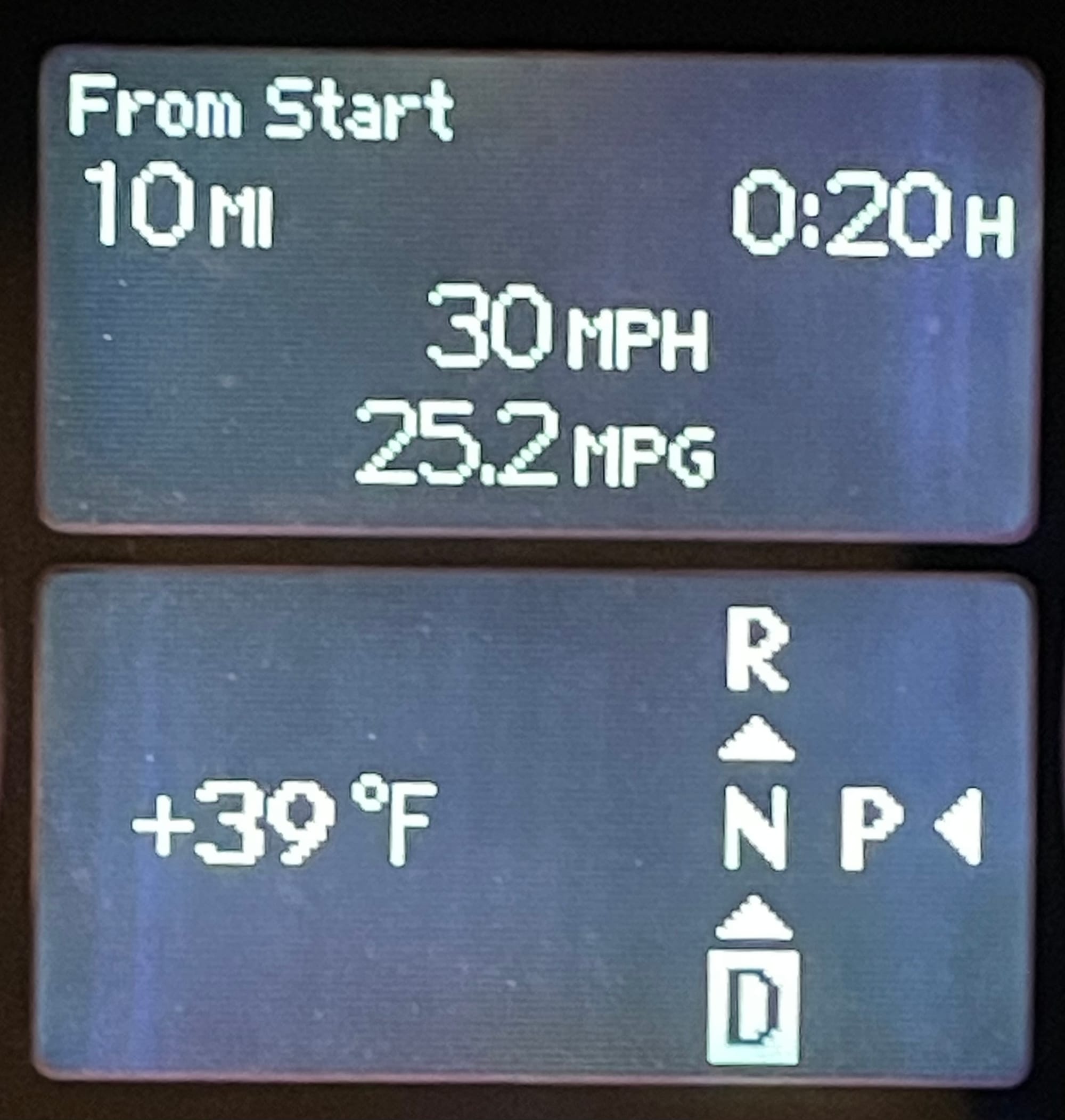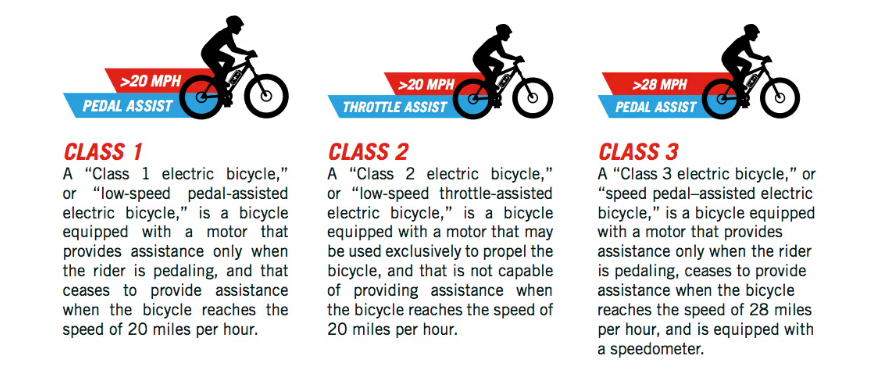Clocking Commutes
Efficiency. Cars have made leaps and bounds in it over the last few decades. Engines are making more power with less displacement while achieving better fuel economy than ever before. Despite these advances, the internal combustion engine will never be the most efficient way to power a car. Most road going cars are powered by engines that are only 20-40% efficient. But even if a car’s mechanical efficiency could be doubled, I’d argue that they’re still not as efficient as you think. At least in the least renewable resource of them all, time.
You probably know how much time your commute takes, but what is your average speed? Including all of the time you’re at stop signs, traffic lights, or sitting in traffic. My commute is exactly 10.2 miles and none of the roads have a speed limit under 30 miles per hour. I even hop on the highway where I easily hit 60 miles per hour for almost two miles. The trip takes me 20 minutes on average…*starts counting on fingers*…this means I’m averaging about 30 miles per hour. So the four stop signs, one yield sign, four traffic lights, and average traffic keeps my average speed below the posted speed limit of all the roads I commute on. What the heck is going on? A bike has to be way slower, right?


I see this screen when I pull into the parking lot at work every day. My 2015 Specialized Tarmac S-Works flies, but commuting on it is a bit like commuting in a Ferrari. It's up for the task, but it kinda sucks.
Google Maps suggests commuting to my job by bike would take about 50 minutes on a slightly shorter, 9.5 mile route that forgoes my jaunt on the highway. *Counts on fingers again* That is an 11.4 mile per hour average speed. To an average trained cyclist like me this sounds incredibly slow. I can average a bit over 20 miles per hour on my road bike for a few hours, but commuting on a race bike is impractical in steel toe shoes. What if I wasn’t a trained cyclist on a high end race bike? What if I was an average person with a bit of electro-mechanical advantage?

Automotive super-genius, Lee Iacocca, had a similar thought decades ago. After a career worthy of two lifetime achievement awards as President of Ford and then CEO of Chrysler, he began to think about the future. In his retirement years he started the company "E-Bike" (I told you he was a super-genius) because, after filling garages with gas burning cars, he knew the future was going to be electric powered. Iacocca saw the advantages of electric cars but also saw that battery technology wasn't ready yet. The logical step back from cars was, you guessed it, bicycles. While Lee was a bit early with his bikes, he was definitely right when it came to electric cars not being ready for primetime. Many would argue electric cars still aren't.
Today, EV sales are stalling while E-Bikes are the fastest growing segment in the bicycle industry. In 2022 the global E-Bike market was valued at $37.47 Billion. Thats -illion with a B, not an M. The market is projected to grow to $119.72 billion by 2030. Unlike EV's, there’s an E-Bike on the market for literally every purpose and budget. Some E-Bikes are even capable of cruising at 28 miles per hour! This is where things get interesting…

On a Class III E-Bike, like a Specialized Globe Haul, my hypothetical highway-free ride to work begins to rival my highway driving route. On class III E-Bikes, electric motors assist your pedaling up to a speed of 28 miles per hour. For me to make the trip to work on a Class III E-Bike 5 minutes slower than by car, I’d only have to average 22.8 miles per hour. How much would the three traffic lights, two stop signs, and two cross-traffic left hand turns slow me down? It’s hard to say without actually trying, but a 20-23 miles per is very realistic since I've ridden most of the route on my race bike at nearly the same pace. In my cycling experience, breaking the 20 mile per hour average speed barrier lets you blend in with automotive traffic fairly well. Making rides much less stressful in a world where bike friendly infrastructure is rare. Also in my experience, the only thing less rare than bike lanes are E-Bike owners with buyer's remorse.
But how realistic is it to commute to work via bike? Any bike. Chi Ting Low is better at math than me and crunched numbers on Boston’s Blue Bike usage. When are riders most likely to hop on a Blue Bike? At the same time most people are commuting to work, on weekday mornings and evenings. The same data also shows there were days when nearly 10,000 Blue Bike rides happened in Boston in 2018 and ridership has only increased since.
While many are patiently waiting for the electric car revolution to happen, I think the E-Bike revolution is much more likely to happen first. I admit that weather will always be a factor when it comes to bikes, but everyone would love less cars on the road when the weather is nice. Plus an E-Bike will fully recharge in a standard power outlet faster than any EV. Range anxiety is almost a non-factor since if the battery dies mid-ride, you’re not stranded on the side of the road like you would be in an EV. Riders can also dial in the amount of pedal assist their bike's motor produces on the fly, extending their range and burning some extra calories if they like. (Many E-Bikes can see 50 miles per charge.)
Despite currently already owning five cars and four bicycles, I think a cargo hauling E-Bike could be the next vehicle taking up space in my garage. For short jaunts to the store or to visit nearby family, it just makes more sense to hop on a bike than to fire up a car only to shut it down before the engine even warms up. Especially when it is just as time efficient, if not more.



Comments ()